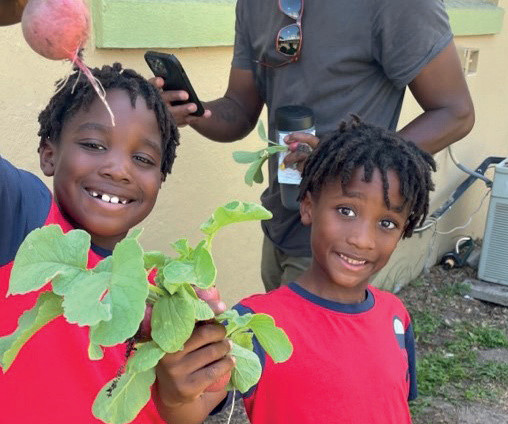Imaging the invisible: how can research software and imaging techniques help scientists study the things we can’t see?
Futurum
NOVEMBER 1, 2022
When researchers visit the facility to capture images, they are supported by scientists, including research software engineers who help them process their data and access software. DR JOANNA LENG School of Computing, University of Leeds, UK. Funder : Engineering and Physical Sciences Research Council (EPSRC).











Let's personalize your content